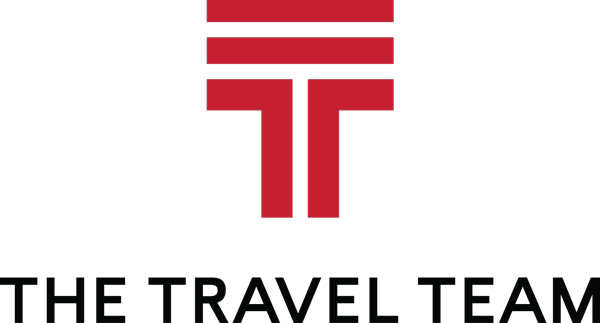Corporate retreats are no longer considered expensive perks. They’re a growing piece of corporate strategy aimed at building stronger teams and driving long-term growth. As Skift highlights, organizations across various industries are seeing real benefits from gathering corporate groups offsite for a retreat. The real return on investment comes when these retreats are guided by clear, intentional goals. Effective corporate retreats are an opportunity to get employees out of their routine environment and into a new space where connection, creativity, and big-picture thinking are encouraged. For travel managers planning and coordinating these events, understanding how to align logistics with company objectives and budgets is essential for making the experience truly impactful and valuable.
Exclusive Offers.
Sign up to receive personalized promotions and packages for your next vacation from trusted travel experts.
Why Host a Corporate Retreat?
Getting employees away from their typical work setting and responsibilities allows for fresh perspective, renewed motivation, and closer colleague connections. It can be difficult to have meaningful dialogue in a traditional conference room or video call. In a neutral, off-site, often scenic environment, teams may feel more energized for creative brainstorming sessions and cooperative problem-solving.
Retreats can be tailored to different organizational needs. Some are more focused on executive planning and long-term strategy, while others aim to foster cross-functional collaboration or celebrate key milestones. Incentive-based retreats reward high performers with getaways that also serve to motivate other team members. Whatever the format, the commonality is that these gatherings work best when they are intentional and outcome-driven.
Why Set Goals for Corporate Retreats?
Without clearly defined goals, a retreat can feel more like a company-funded vacation rather than a business investment. While relaxation and fun should absolutely be included in a retreat for team morale, purpose-driven gatherings yield greater impact. When goals are in place, an agenda can focus on outcomes that matter to organizations, whether that’s improving a team’s working relationships, launching new initiatives, or setting the tone for a fiscal year. Clear objectives also help participants stay focused and motivated throughout the retreat. This sense of purpose translates to higher engagement and more meaningful takeaways. Perhaps most importantly, stepping away from daily operations gives team members the chance to focus on long-term priorities. Setting retreat goals that support this kind of reflection can lead to smarter decisions and strategies that drive the company forward.
How to Set Goals for Effective Corporate Retreats
Before figuring out destinations or crafting an itinerary, corporate leaders must determine what they want to achieve during a retreat. Are there communication challenges that need attention? Is the leadership team looking to realign on strategy? Do employees need time to reconnect after a period of remote work or rapid growth? Setting thoughtful goals at the outset allows every other part of the planning process to fall into place. Here’s how to get started:
Identify the “why.”
Define the retreat’s core purpose upfront and communicate it to attendees. Everyone should understand what they’re working toward (or being rewarded for) throughout the event.
Pinpoint challenges and areas for improvement.
Use the retreat as a chance to step back from daily operations and focus on broader issues, such as leadership development, communication breakdowns, or department silos.
Set clear, measurable objectives.
Avoid vague goals in favor of tangible outcomes. These should be specific, actionable, and realistic.
Choose destinations and activities that support goals and budgets.
Align the retreat environment with your objectives. For example, if your goal is wellness and stress reduction, a remote resort with guided relaxation activities is a valid option. For cross-department collaboration, choose a location with ample meeting space and group-oriented programming.
Involve key stakeholders.
Collaborate with department leads, human resources, and executive teams to ensure the retreat’s goals reflect company priorities and policies.
Decide on a retreat format that fits your goals.
Once your objectives and resources are clear, determine the best structure. That could be anything from a two-day local offsite to a five-day retreat in a destination city. The schedule should support your goals with the right mix of work sessions, team-building activities, and downtime.
Ready to plan a retreat that delivers real results? Work with an experienced group travel advisor to ensure every detail, from destination to agenda, aligns with your goals. Contact The Travel Team today!


